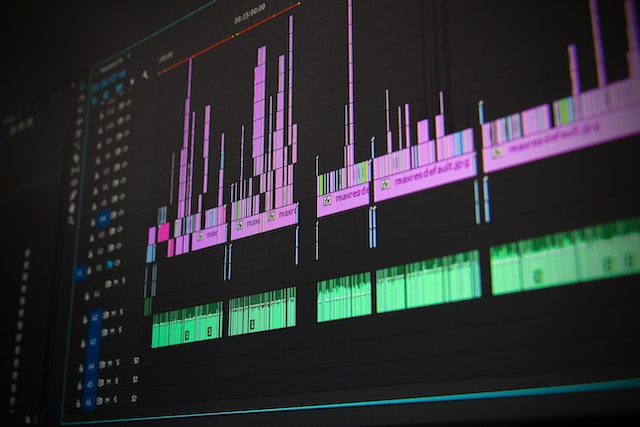What is your favorite type of bedtime jam? Do you like falling asleep to the sound of the ceiling fan, air conditioner, or even clothes drying in a tumbler?
If yes, you are far from being alone.
Many people get easily distracted and wake up from sleep due to harsh changes in sound – think of a slamming door, a barking dog, or lightning. That is precisely where the background sounds like that of a fan come to play. By filling our bedroom with a constant sound, we can effectively silence the voices from outside and create a peaceful space for ourselves.
But do you know that these background noises have several types?
Yes, sounds are generally categorized into brown noise, white noise, and pink noise. Understanding the difference between these three sound types can help you identify the type of sound you jam with the best. This way, you will be able to create a soothing environment around you and aid activities like sleeping and meditation.
On that note, let us understand the types of sounds and their uses individually.

Understanding types of sounds
1. White Noise
Just like light, sound is also made of several colors. White light is a combination of all the colors in the spectrum of light. When seen together, all these colors appear to be white.
White noise is like the auditory equivalent of white light. It is a combination of all the frequencies (that a human can hear) on the spectrum of sound waves. When all the frequencies blend together, they can mask the sounds of smaller frequencies.
White noise has helped people sleep for ages. It is a tested way of creating a masking effect that allows people to sleep better. The hiss of a static TV and the sound of a rushing waterfall are some examples of white noise.
As per a study published by the National Library of Medicine, white noise has been found to:
- reduce crying in infants,
- increase productivity at work, and
- help reduce the symptoms of attention-deficit hyperactivity disorder (ADHD).
Read more: Master Your Sleep & Be More Alert When Awake
2. Pink Noise
Pink noise has recently become a people’s favorite among sleep sounds. This is because, as per a study conducted by Nelly A Papalambros, pink noise is found to help people sleep longer and also have a positive effect on memory.
Pink noise is a combination of high and low-frequency sounds, which make it extremely soothing and calming. Think of sounds like falling rain or gentle waves near a beach. Moreover, it has more lower frequency sound waves that make it much less harsh to the human ear than white noise.
Since it has both high and low-frequency waves, it also has a masking effect that drowns the other noises around. So if you sleep in a space where people come and go all the time, you can use pink noise to mask the sounds of footsteps.
3. Brown Noise
You can think of brown noise as a much deeper version of pink noise with more bass tunes and low-frequency energy. Brown noise might sound like ocean waves in the middle of a storm or a rumble of strong winds.
Unlike the other types of sounds, brown noise does not get its name from the brown color. It draws its name from Brownian motion, which is the random motion of particles in any liquid.
Brown noise has been shown to reduce the symptoms in people who have ringing in their ears and also increase cognitive performance.
Read more: Guided Sleep Meditation For You
Conclusion:
White, pink, and brown noise are sound waves characterized on the basis of frequency. You can try these different types alternatively to find out what makes you sleep and rest most effectively.
However, these noises are not a substitute for therapy. If you have had sleep disturbances for a long time, there might be something deeper at play. Therefore, getting the right professional help is the key.
Access to professional help has become easier with the advent of online therapy platforms. To learn more about the most affordable and convenient online therapy platforms, click here.
To continue learning about mental health daily, subscribe to Your Mental Health Pal.

